“Warning signs are flashing in Pittsburgh-area schools after a disturbing trend has begun to spread among students. The TikTok Chromebook challenge, a viral phenomenon that has captured the attention of millions, has caught the attention of local authorities for all the wrong reasons. As students are tempted to participate in this online fad, a local school district is sounding the alarm, urging students to think twice before joining in. In this article, we’ll take a closer look at the warning signs and the lessons that can be learned from this cautionary tale.”
The Chromebook Challenge: A Growing Concern in Schools

The Chromebook Challenge, a trend on TikTok, has raised concerns among school administrators and parents across the country. The challenge involves intentionally damaging school-issued Chromebooks by inserting small metal objects, such as scissors or USB flash drives, into the laptop’s charging or USB slots.
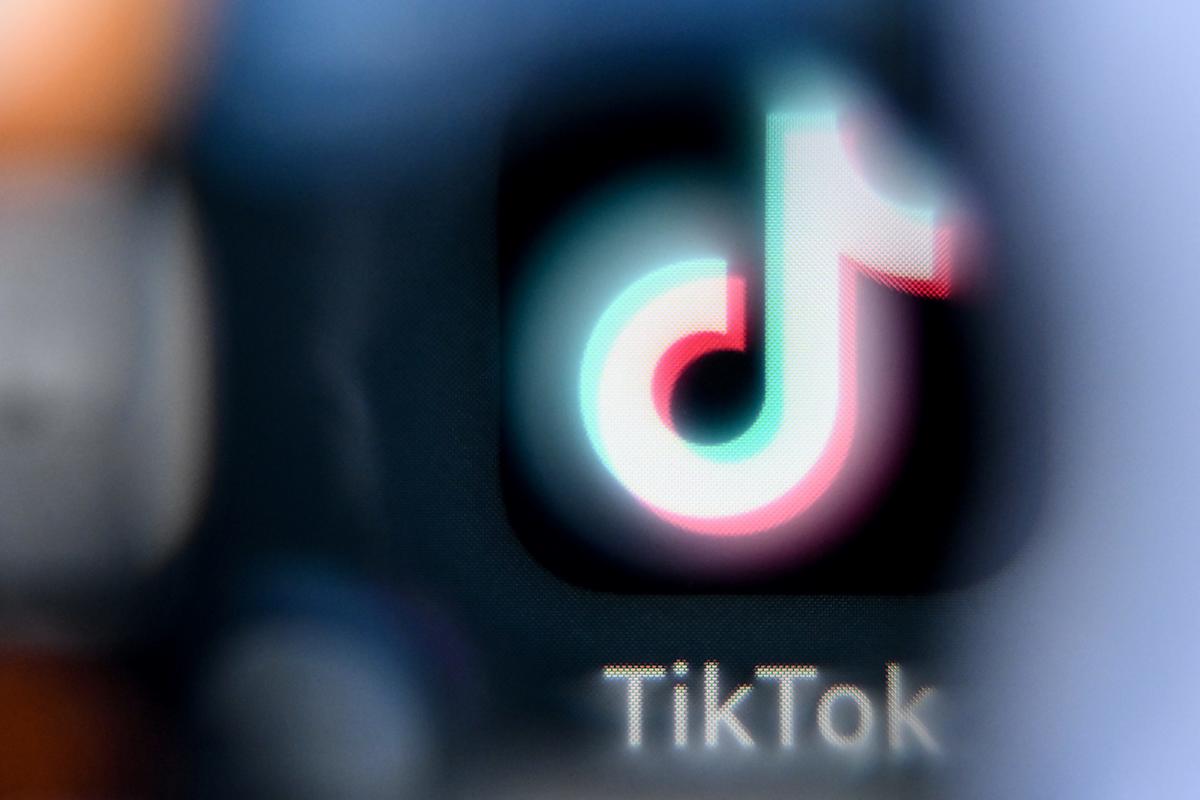
The TikTok Trend
The Chromebook Challenge has been circulating on TikTok, with users sharing videos of themselves damaging their Chromebooks. The challenge is often referred to as the “Chromebook Durability Test,” and it has gained significant traction among students.
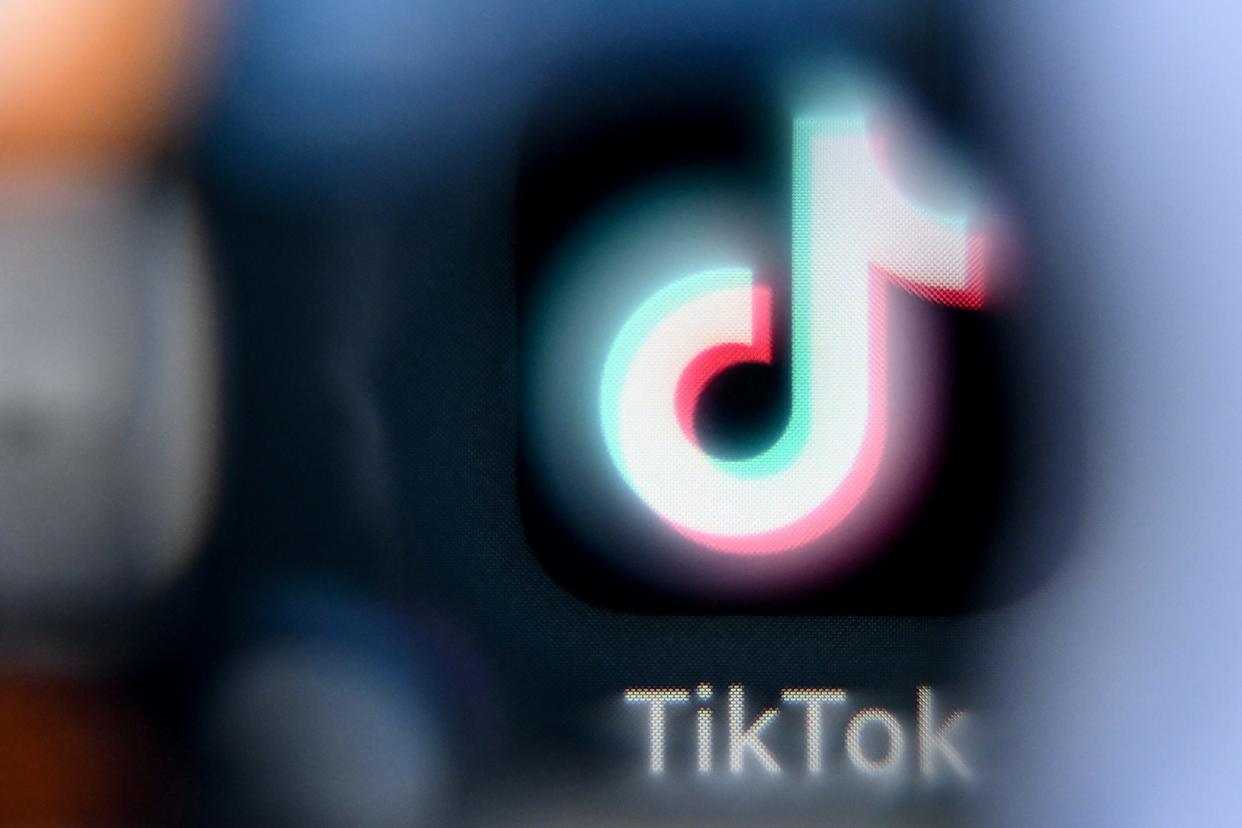
The Consequences
The physical consequences of the Chromebook Challenge are alarming. When a metal object is inserted into a Chromebook’s charging or USB port, it can cause a short circuit, which can lead to fires, toxic gas releases, and even explosions. Lithium-ion batteries, commonly used in laptops, are particularly hazardous due to their tendency to catch fire and release toxic gases.
The National Fire Protection Association has warned about the dangers of lithium-ion batteries, and several schools have reported incidents of Chromebook fires and explosions. In one instance, a Connecticut middle school student who participated in the challenge was hospitalized for smoke inhalation and now faces criminal charges.
School Districts Respond to the Challenge
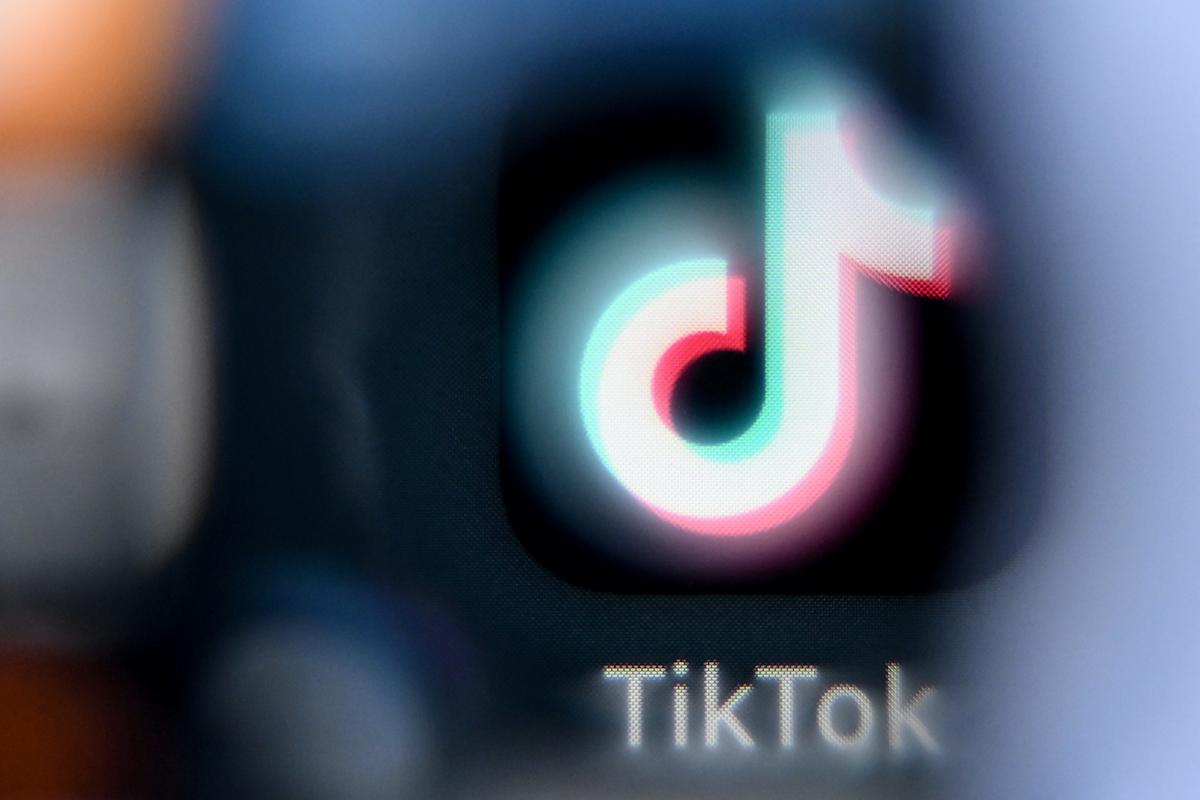
In response to the growing concern, school districts across the country, including the Neenah Joint School District, have taken steps to warn parents and students about the dangers of the Chromebook Challenge. Many districts have sent letters to parents, urging them to talk to their children about the risks associated with participating in the challenge.
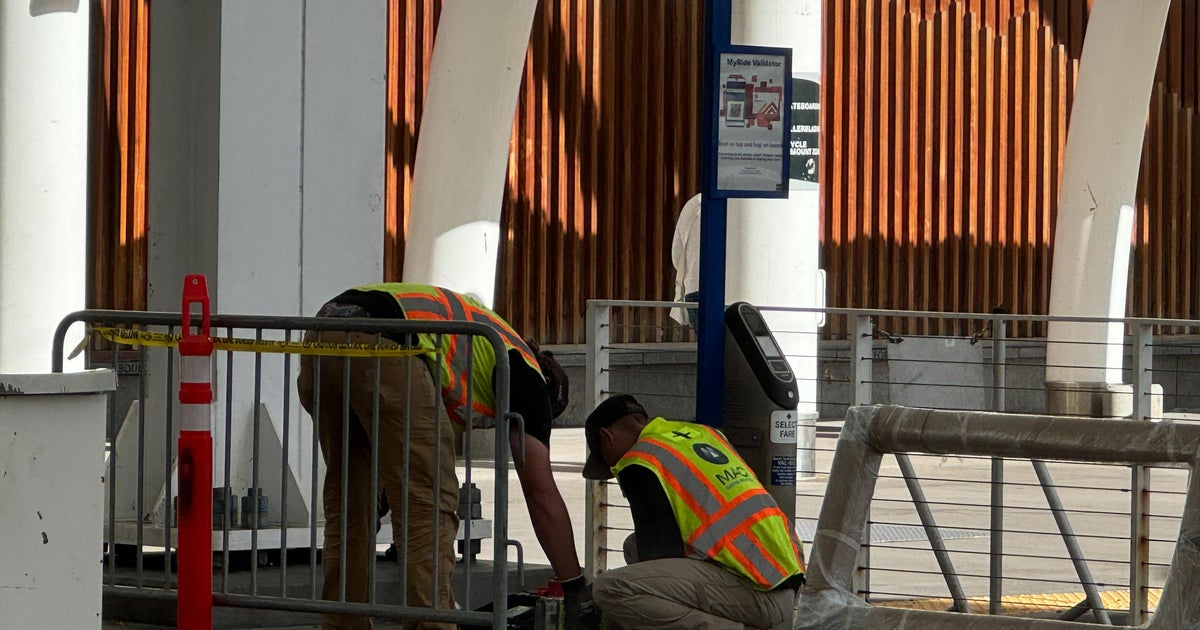
Warning Parents and Students
The Neenah Joint School District, for example, sent a letter to parents, informing them about the challenge and encouraging them to discuss the risks with their children. The letter also reminded parents that students who participate in the challenge may face vandalism or disorderly conduct charges.
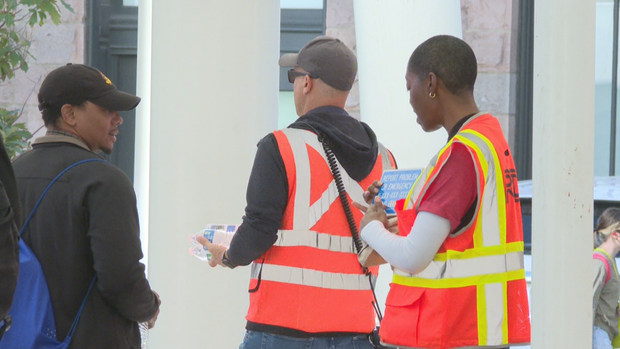
Repair and Replacement Costs
The financial implications of the Chromebook Challenge are also significant. According to the Neenah Joint School District, about 10 incidents related to the challenge have been reported in middle schools, resulting in destroyed laptops. The families of the students involved are being charged up to $325 in repair or replacement costs for the damaged devices.
Other nearby school districts, such as Oconto, have also sent letters to parents warning against destroying Chromebooks. The Neenah Joint School District spokesperson, Jim Strick, said that many other districts have sent out similar letters, highlighting the widespread concern about the Chromebook Challenge.
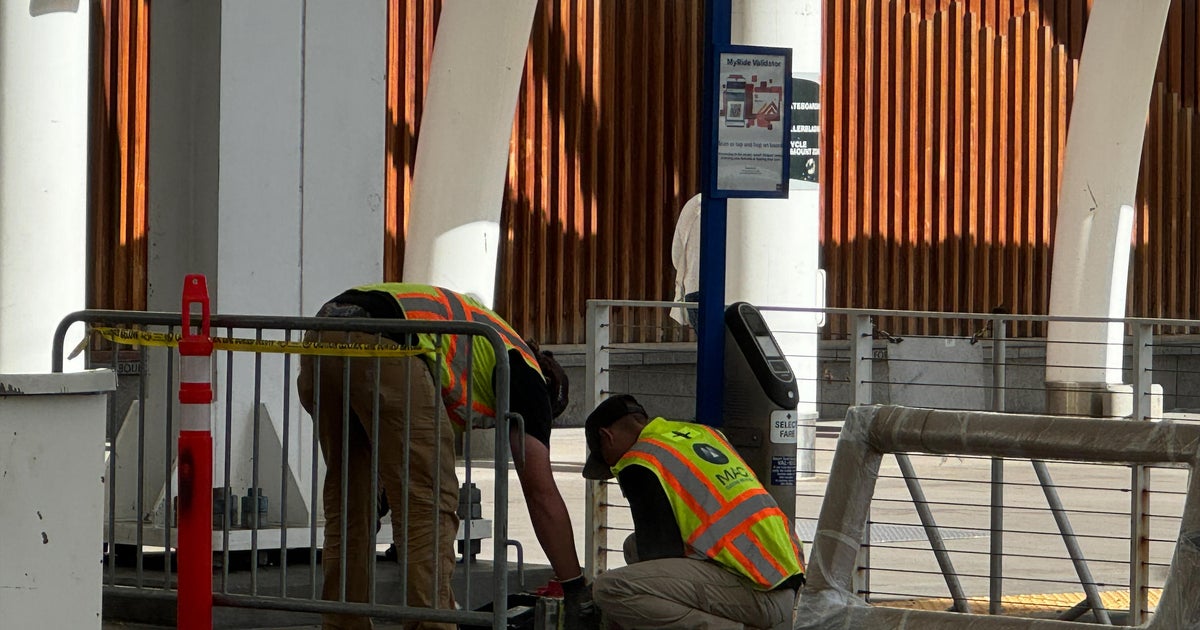
Potential Charges for Participating Students
Students who participate in the “Chromebook Challenge” could face serious consequences, including vandalism and disorderly conduct charges. According to reports, a Connecticut middle school student who participated in the challenge went to the hospital for smoke inhalation and now faces criminal charges. This highlights the potential risks involved in participating in such online challenges.
TikTok’s Response to the Challenge
Redirecting Search Results
TikTok has changed its search results to direct users to a resource page on social media challenges. This page encourages users to think critically about the content they consume and promotes responsible behavior. The resource page also urges users to report harmful challenges or hoaxes in the app, rather than sharing them.
Reporting Harmful Challenges
TikTok’s efforts to promote responsible behavior among its users are commendable. The platform’s ability to report harmful challenges or hoaxes is a significant step towards creating a safer online environment. By encouraging users to report such harmful content, the platform can reduce the risk of online harm and promote a culture of responsibility among its users.
Preventing the Chromebook Challenge
Talking to Students About Safety
Parents and educators play a critical role in talking to students about the dangers of the Chromebook Challenge. By educating students about the potential consequences of participating in online challenges, they can promote responsible behavior among students. This can include discussions on the potential risks associated with destroying school-issued laptops, including vandalism and disorderly conduct charges.
Encouraging Critical Thinking
Encouraging critical thinking and media literacy among students is essential in preventing the Chromebook Challenge. By promoting discussions on the potential consequences of participating in online challenges, educators can help students develop critical thinking skills. This can include analyzing the potential risks associated with online challenges and promoting responsible behavior.
Promoting a Culture of Safety
Creating a culture of safety and responsibility in schools is essential in preventing the Chromebook Challenge. This can include setting clear expectations and consequences for participating in harmful activities. By promoting a culture of responsibility, schools can reduce the risk of
Conclusion
In conclusion, the article highlights the warning issued by a Pittsburgh-area school district to students against participating in the TikTok Chromebook challenge. The district’s caution stems from the potential damage and financial loss that students and the school may incur due to the challenge’s reckless and irresponsible nature. The article emphasizes the importance of responsible social media behavior, particularly among young students who are still developing their digital literacy skills.
The implications of this challenge are far-reaching, as it serves as a stark reminder of the consequences of engaging in harmful online activities. The challenge’s popularity also underscores the need for parents, educators, and social media platforms to work together to promote digital citizenship and online safety. As technology continues to evolve, it is essential that we prioritize responsible digital behavior and educate individuals on the potential risks and consequences of engaging in harmful online activities.
As we move forward, it is crucial that we continue to emphasize the importance of responsible social media behavior and online safety. By doing so, we can create a safer and more responsible online community for everyone. As we navigate the ever-changing digital landscape, it is essential that we remember that the choices we make online have real-world consequences. Let us prioritize responsible digital behavior and create a better, safer online world for future generations.
